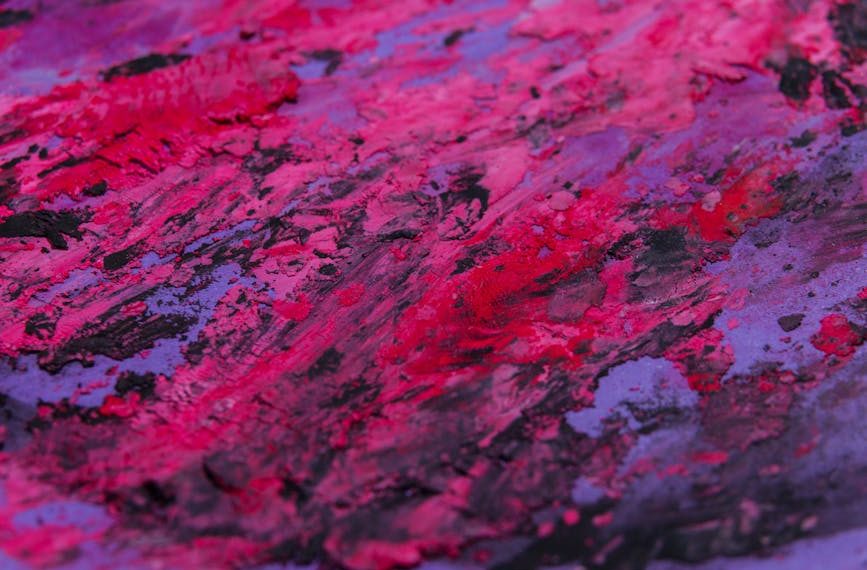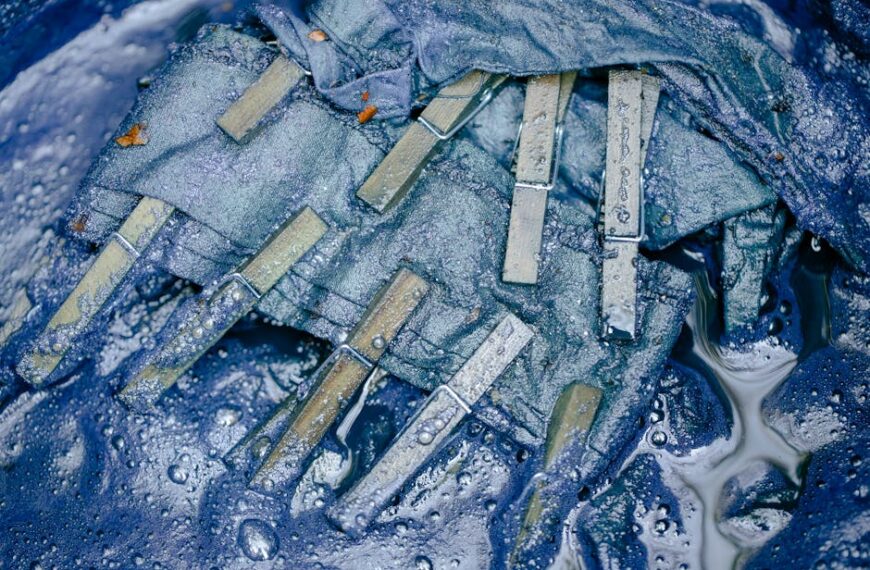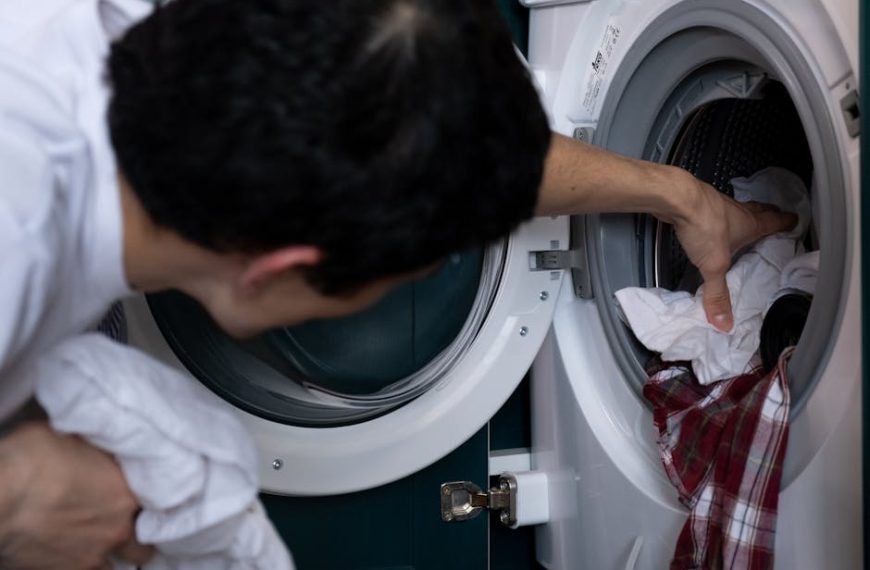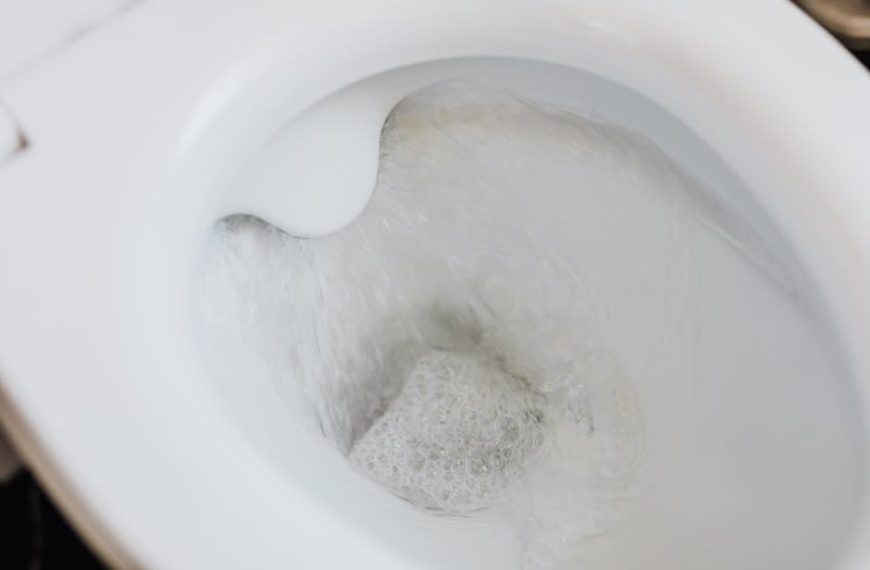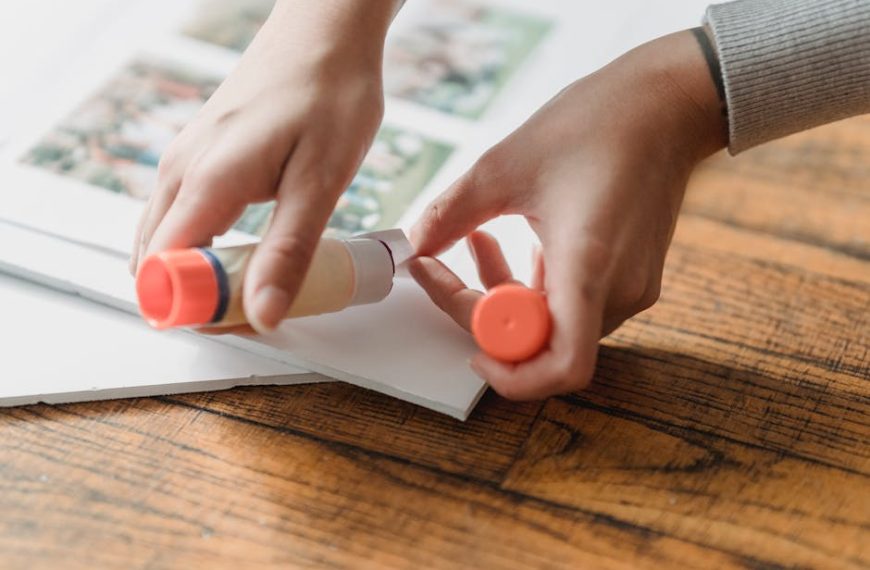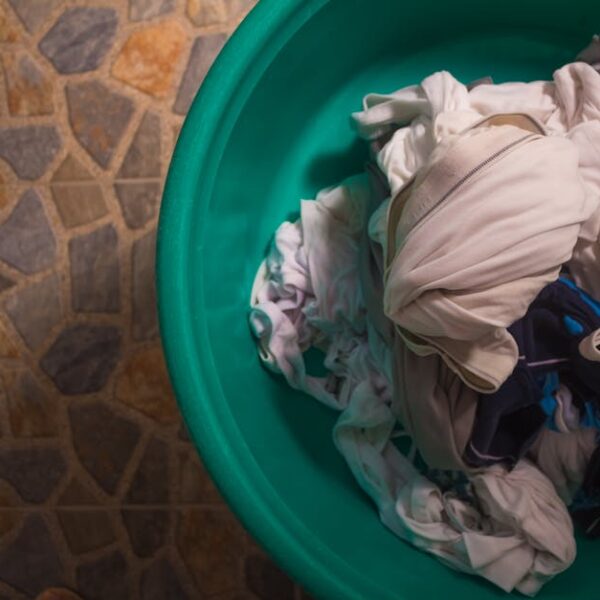There’s nothing more off-putting than yellow stains on a toilet seat. Fortunately, getting rid of these eyesores can be accomplished with patience, the correct cleaning techniques, and suitable products. By understanding the source and type of the stain, you can select an efficient cleaning protocol that works for you.
1. Recognize the Types of Stains
Knowing the type of stain on your toilet seat is the first step in the cleaning process. The most common forms include mineral deposits, mildew, and urine stains — each with different methods for successful removal.
- Mineral Deposits: These are often caused by hard water and may look chalky or white.
- Mildew: This is a common type of fungus that can appear as black or dark green spots.
- Urine Stains: These are caused by splash-back or drips and are often yellow in color.
Learning to identify the type of stains will guide you toward the most effective cleaning solution.
2. Establish a Routine Cleaning Schedule
Routine cleaning is vital to maintain a hygienic and stain-free toilet seat. Small tasks regularly eliminate the build-up of bacteria and staining residues.
Pro Tip: Perform a light clean every day and a thorough scrub down, including the inside of the bowl and beneath the seat, at least once a week.
3. Choosing Appropriate Cleaning Products
Select suitable cleaning products based on the type of stain you’re dealing with and your personal cleaning preferences. Some home remedies like vinegar or baking soda can effectively remove certain stains, while commercial products may be needed for stubborn or ingrained stains.
- Try natural cleaners like vinegar or baking soda for surface stains or wiping down the seat daily.
- For tougher, deep-set stains, consider using commercial products designed for toilet stain removal.
Stay safe when using chemicals: always follow product instructions and avoid mixing different cleaners.
Choosing Cleaning Products
| Product | Best Used For | Pros | Cons |
|---|---|---|---|
| Vinegar | Surface stains and daily cleaning | Natural, cost-effective | May not remove all stains |
| Baking Soda | Mild stains and deodorizing | Non-toxic, available everywhere | Mild abrasive, not suitable for plastic surfaces |
| Commercial Cleaner | Deep-set and stubborn stains | Powerful cleaning action | Can be harsh, may contain harmful chemicals |
Up next, a step-by-step guide to banish those yellow stains on your toilet seat.
4. Step-By-Step Guide to Removing Stains
Here’s the go-to method for getting yellow stains off your toilet seat:
Step 1: Start by assessing the toilet seat and identifying what type of stain you’re dealing with.
Step 2: Choose your cleaning product based on the stain type and testing a small amount on a hidden area of the seat.
Step 3: If there is no damage from the cleaning product, clean the entire seat thoroughly, ensuring to get all nooks and crannies.
Step 4: Scrub gently but firmly using a soft brush or sponge. Be careful not to scratch the seat.
Step 5: If the stain is stubborn, consider using a toothbrush to help target and scrub the stain.
Step 6: Clean off the product completely making sure all residue is rinsed away.
Step 7: Dry the seat entirely to prevent water stains and growth of mildew.
Remember that patience is key. Repeated treatments may be necessary to fully remove some stains.
Can Safely Cleaning Urine Stains on the Toilet Bowl Help Remove Yellow Stains from the Toilet Seat?
Cleaning urine stains from the toilet bowl can be effective in managing yellow stains on the toilet seat. By using the right cleaning agents, you can safely remove urine stains, preventing odor buildup and maintaining hygiene. Regular maintenance ensures your bathroom stays fresh and visually appealing, enhancing your overall cleaning routine.
5. Maintaining a Stain-Free Toilet Seat
Maintaining a stain-free toilet seat is easier than you think when you implement some preventative habits routinely:
Perform Regular Cleaning: Daily light cleaning goes a long way in preventing stain buildup. A quick wipe down with a mild cleaner can save you time in the long run.
Use Toilet Seat Covers: This can prevent stains from developing and maintain the cleanliness of the toilet seat.
Avoid Harsh Chemicals: Over time, harsh chemicals can damage the toilet seat material causing it to become more vulnerable to stains.
Address Issues Promptly: If you notice a stain developing, address it immediately. It is much easier to remove a fresh stain than an old, set-in one.
Finally, encourage all members of the household to avoid contributing to staining issues. A small change in habits can mean a big change in the cleanliness of your toilet seat.
So there you have it, a comprehensive guide to remove yellow stains from your toilet seat and keep it sparkling clean. Happy cleaning!
Key Takeaway:
- Understanding the type of stains that can appear on toilet seats is essential for effective removal.
- Consistent and regular cleaning can prevent the buildup of hard-to-remove stains.
- Choosing the right cleaning products, whether natural or commercial, depends upon the nature of the stain.
- A systematic step-by-step approach can help in powering through stubborn stains.
- Preventive measures and changing habits can help maintain a stain-free toilet seat.
Ending on a positive note, keeping your toilet seat stain-free is doable. It might seem challenging initially, but by following these outlined steps and maintaining a consistent cleaning schedule, you will keep your toilet seat in pristine condition. Adopt healthy habits, use the appropriate cleaning products, and remember, a cleaner toilet seat contributes to a healthier home.
FAQs
Q: Can I use bleach to clean yellow stains from the toilet seat?
A: Yes, you can use bleach. However, be cautious as bleach is a potent chemical that can damage the toilet seat material over time. Always dilute it following the instructions on the label before use and rinse thoroughly after.
Q: Are natural cleaning solutions as effective as commercial cleaners?
A: Natural solutions, like vinegar or baking soda, can be quite effective, especially for mild or surface stains. However, for deep-set or tough stains, commercial cleaners might provide a more powerful cleaning action.
Q: Is it necessary to dry the toilet seat after every clean?
A: Yes, drying off the toilet seat after every clean helps to avoid any water stains and the growth of mildew.
Q: How can I prevent yellow stains on my toilet seat in the first place?
A: Regular cleaning and the use of toilet seat covers can help prevent yellow stains. Avoid using harsh chemicals that can damage the toilet seat material and potentially increase vulnerability to staining.
Q: How often should I clean my toilet seat to avoid stains?
A: A quick light cleaning daily can help to keep stains at bay. It is also recommended to perform a deep clean at least once a week.
If you found this article helpful, don’t forget to share it with others who might benefit from it. Explore more posts on our website for insights on various other topics!

